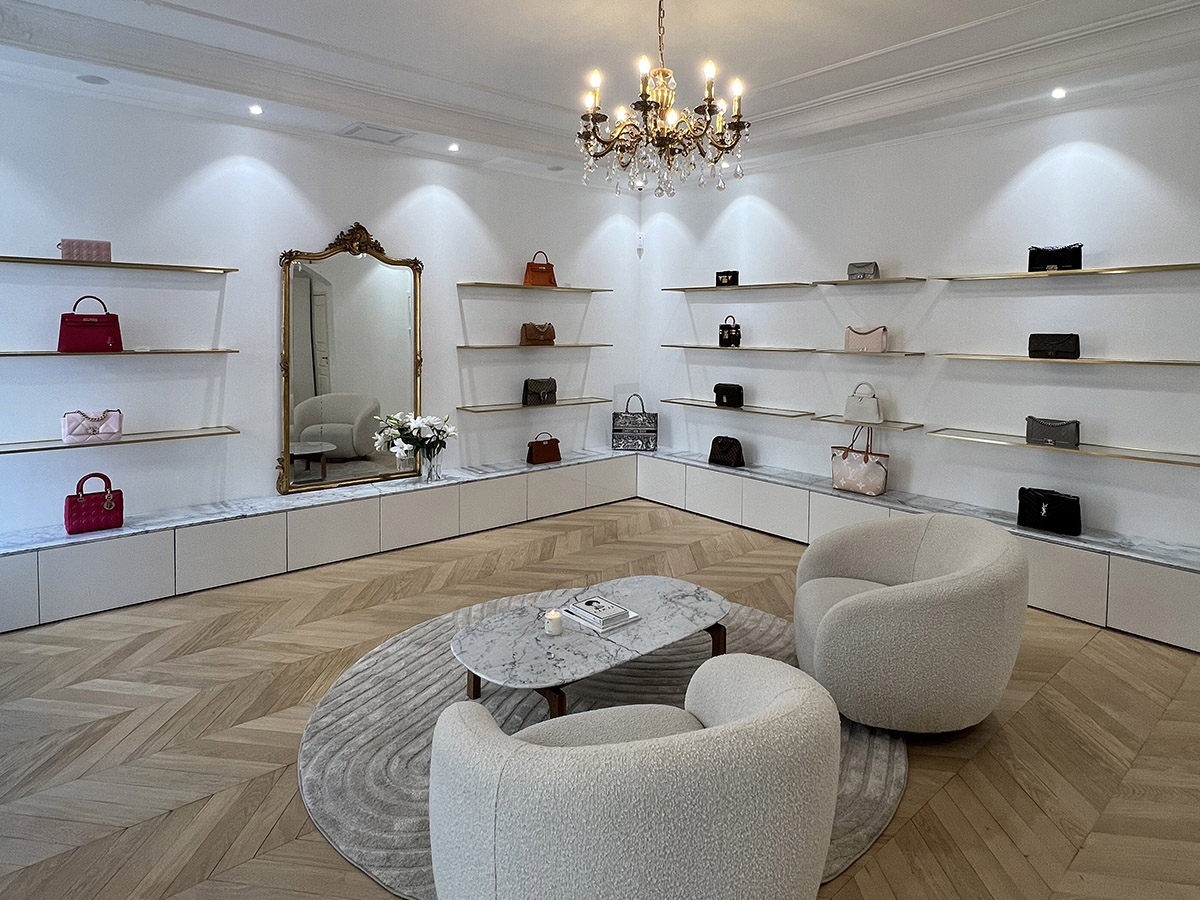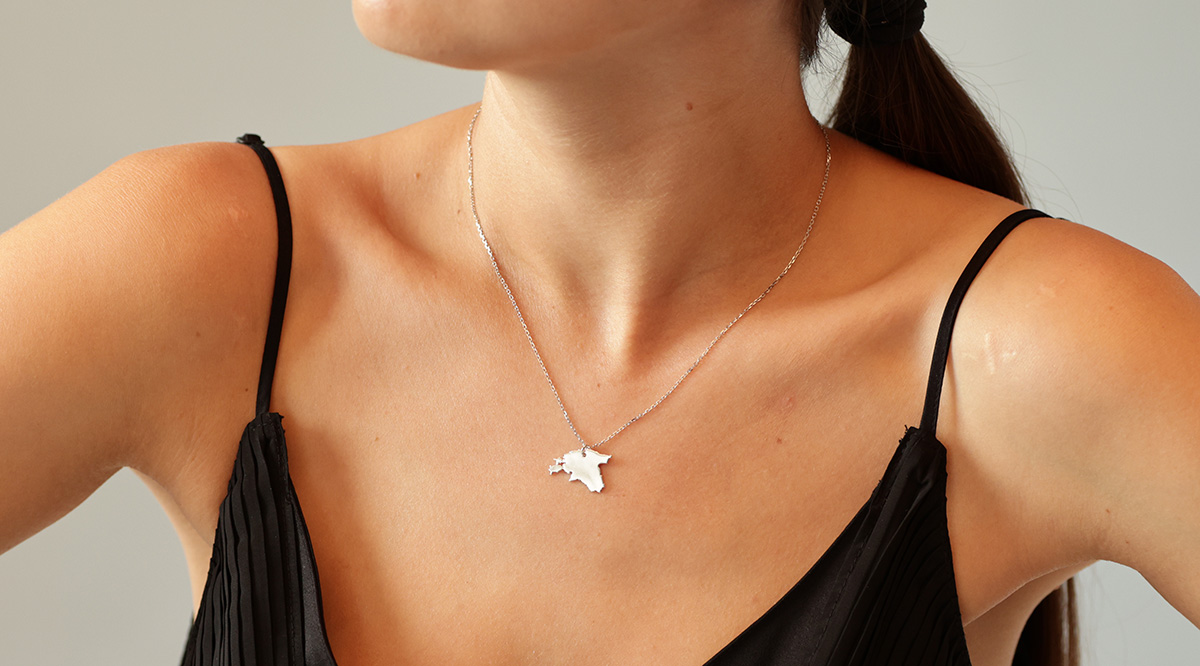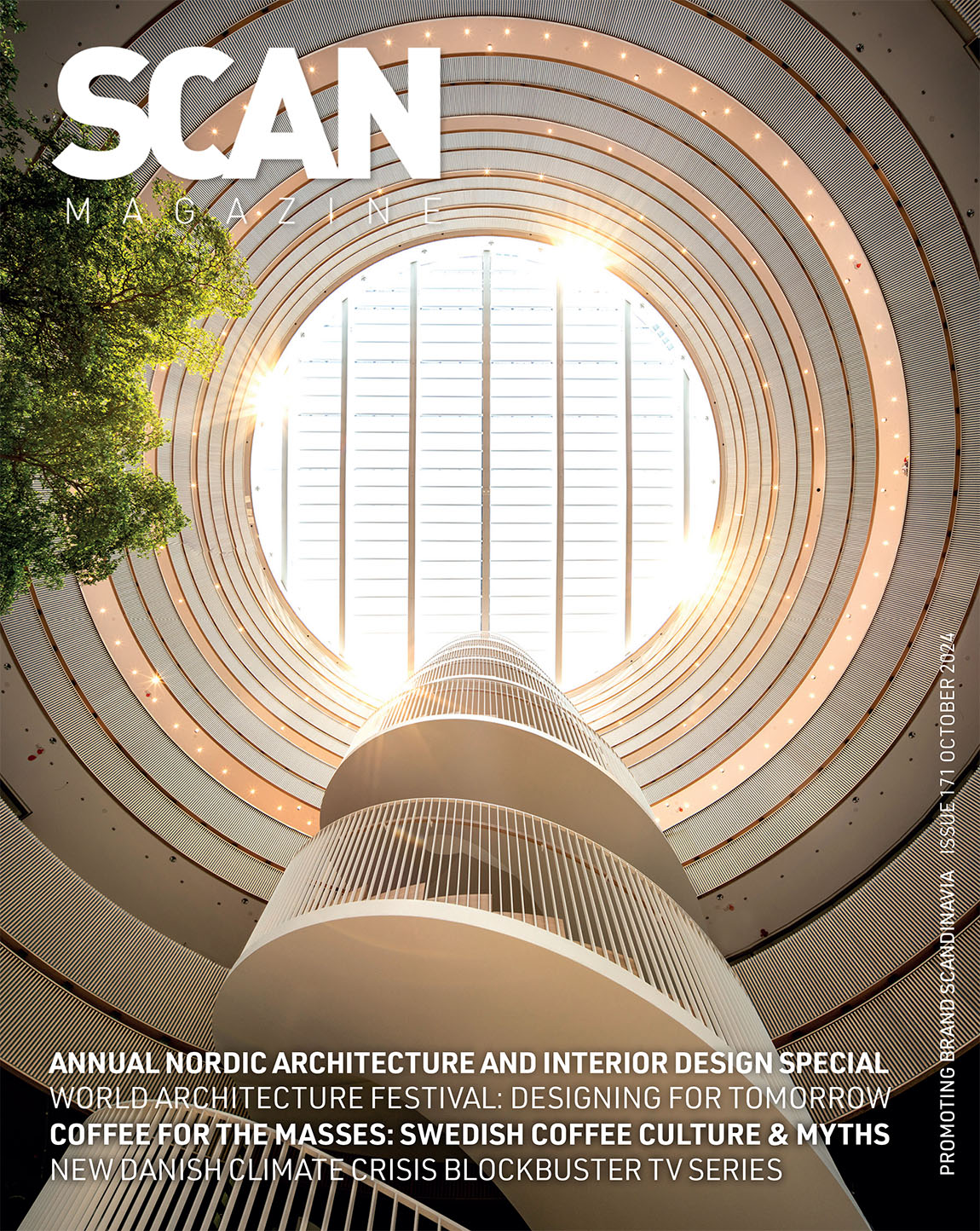Happy Ears earplugs: a silent confidant in a loud world
By Emma Rodin | Photos: Happy Ears
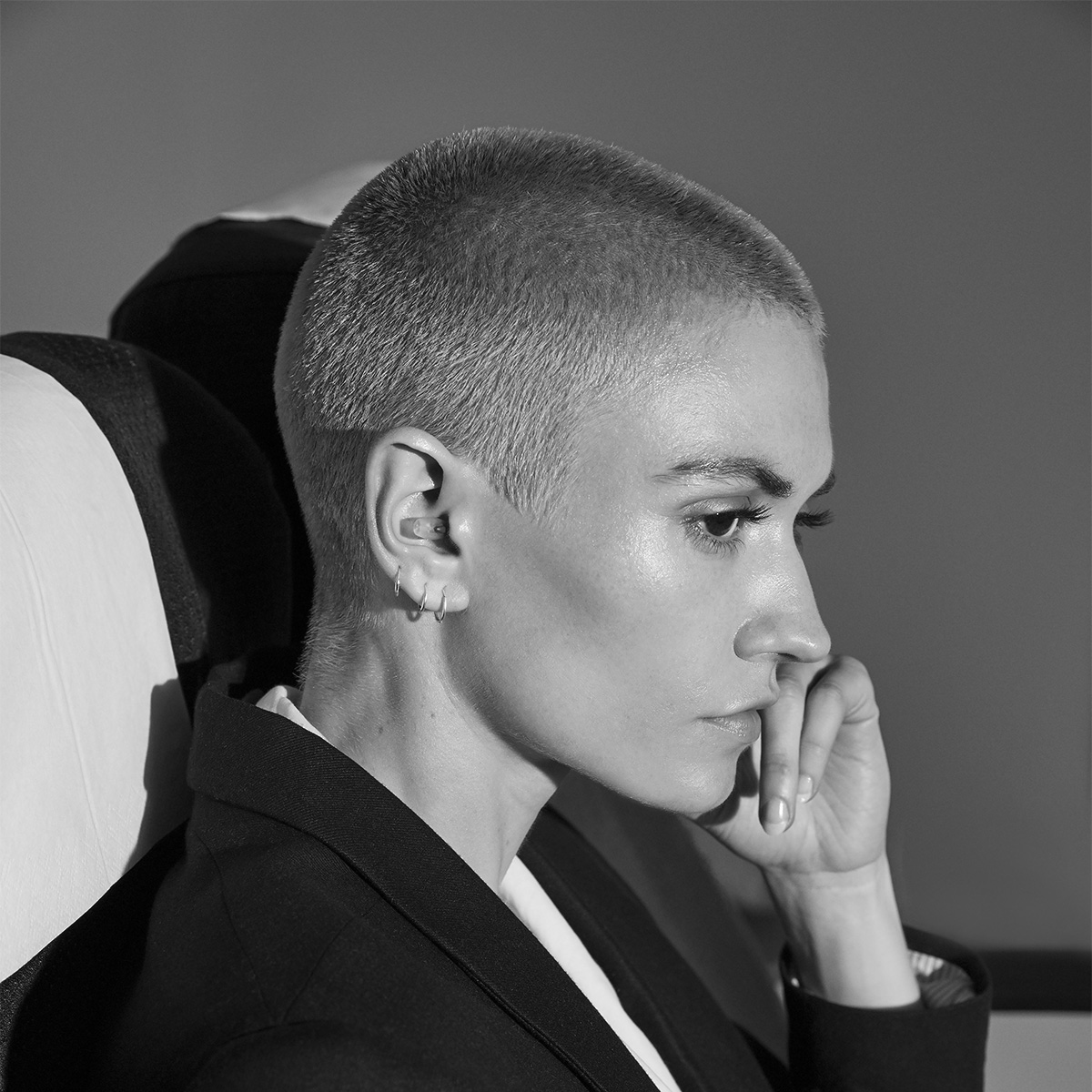
With more than a billion single-use earplugs thrown away each year, it’s only fair to say the planet is in dire need of change. Good thing then, Happy Ears exists to show the world how a product, broadly known as an ugly, throw-away bit of plastic, can be successfully re-designed, re-used and re-appreciated for its health benefits.
The team behind Happy Ears is on a mission, a mission to change the preconception of earplugs being synonymous with foam, a terrible fit and loud, shrieky colours. Why? Well, the idea was sparked after founder Karl Berglund suffered temporary hearing loss as the result of a surfing accident.
“After his injury, Karl was forced to wear these really bright-looking earplugs for a full year to protect his hearing, and let’s just say he grew tired of it,” explains CEO Michael Smith. “He was stood in the pharmacy and just couldn’t work out why the selection was so one-sided, and that spurred him on to create an alternative, which allowed him to hear while still being protected from excessive noise”.
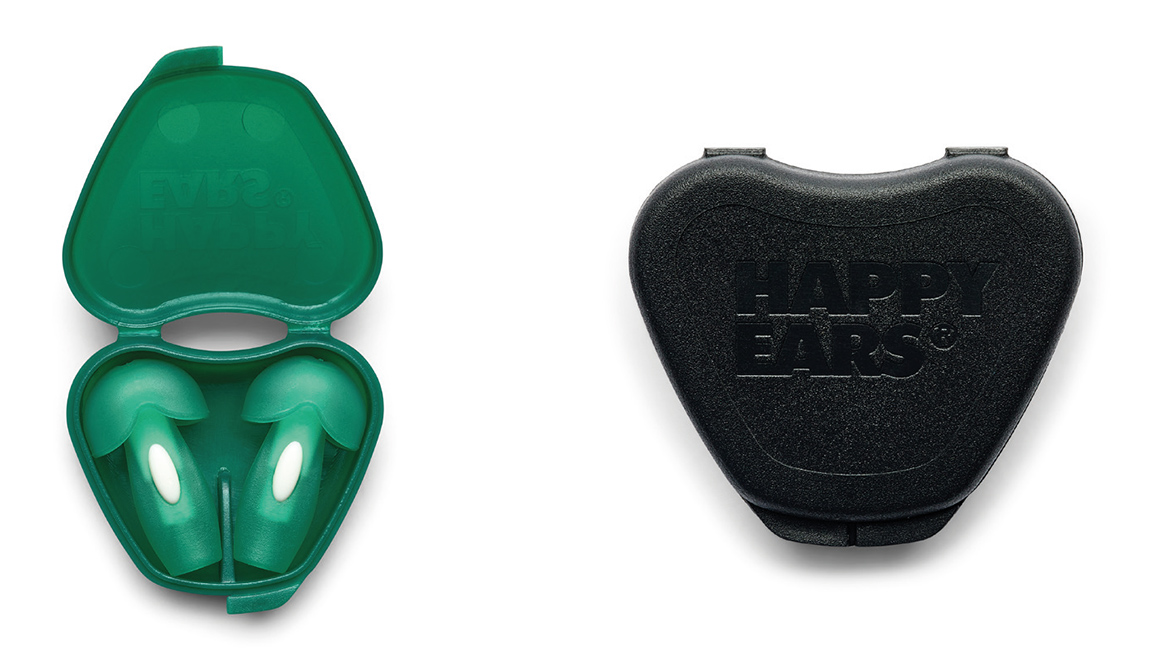
Launched in 2021, the Ocean Plastics earplug is Happy Ears’ newest eco-friendly product made of post-consumer ocean plastics.
The Happy Ears fit
Happy Ears is all about functional design for one very simple reason: ears are complex. There’s no ‘one size fits all’, however, that’s been the idea for earplugs in general, which explains why expandable foam options have been widely accepted. The Happy Ears earplug, on the other hand, is not made of foam, doesn’t expand in the ear and doesn’t fall out after some time wearing it. So, how does it work?
Simple, quiet and dependable, the earplug has a unique, oval shape and a short, soft stem. A design which was made to replicate the inner ear canal to ensure comfort and effectiveness for the user. It is also made in Sweden with an FDA-approved medical-grade plastic to ensure the highest quality possible.
“We offer our earplugs in small, medium and large sizes, and to help new customers figure out their best fit, they can order discovery packs with samples of each size to try at home,” says Smith. “The product is designed with longevity in mind, so it’s important that we help customers find their best option”.
It’s also worth noting that all Happy Ears products are suitable for all purposes. In other words, you won’t have to purchase different types of earplugs for say, concerts and swimming. Once you’ve found the perfect fit for you, that’s it.
Moreover, if you use a pair of Happy Ears daily, you can expect them to last about a year. But when used only occasionally for sporting activities or cutting the lawn, one pair will last a lot longer than that.
Eco-friendly leaders
The Happy Ears earplugs are available in three different styles, with the Original being one. Discrete and unassuming, this was, as the name suggests, the first earplug launched by the brand and was designed to maximise comfort and effectiveness without any wasteful replacement parts, such as foam tips.
Then, in 2020, Happy Ears launched its Recycled line, the brand’s very first sustainable earplug made of 100 per cent recycled plastics which have been upcycled from the brand’s own production waste, helping to further reduce its environmental footprint.
“It wasn’t easy though,” says Smith. “Re-heating and changing the properties of plastic is no easy feat, and it took us a few years to get it right before we felt comfortable to set the product free”.
Another industry first, there’s also the Ocean Plastics variant. Launched in 2021, this is Happy Ears’ newest eco-friendly earplug which is made of post-consumer ocean plastics sourced from the North Pacific and North Atlantic oceans.
“Then, of course, there’s our packaging. We figured we can’t pride ourselves on selling eco-friendly earplugs and then deliver them in packaging that’s not. So today, our packaging isn’t just recyclable, but also compostable and biodegradable. It’s a real gamechanger,” explains Smith.
Earplugs in daily life
Historically, earplugs have carried somewhat negative connotations due to their style and purpose, something that has affected ear health overall.
“Today, it’s fully acceptable to wear earplugs at concerts, especially here in Scandinavia. But you must remember that’s not always been the case,” says Smith. “Luckily, the attitude has changed and earplugs are now used for more than just concerts and sleeping. In fact, we’re getting a lot of orders from schools where the volume is generally quite high. I suffer from tinnitus myself, so introducing earplugs to more everyday situations makes perfect sense”.
As the world is getting louder, it’s clear that we need to protect ourselves and let our precious ears rest. And speaking of care, you could help protect the ears of someone you love, too. In fact, it would be the perfect Christmas gift.
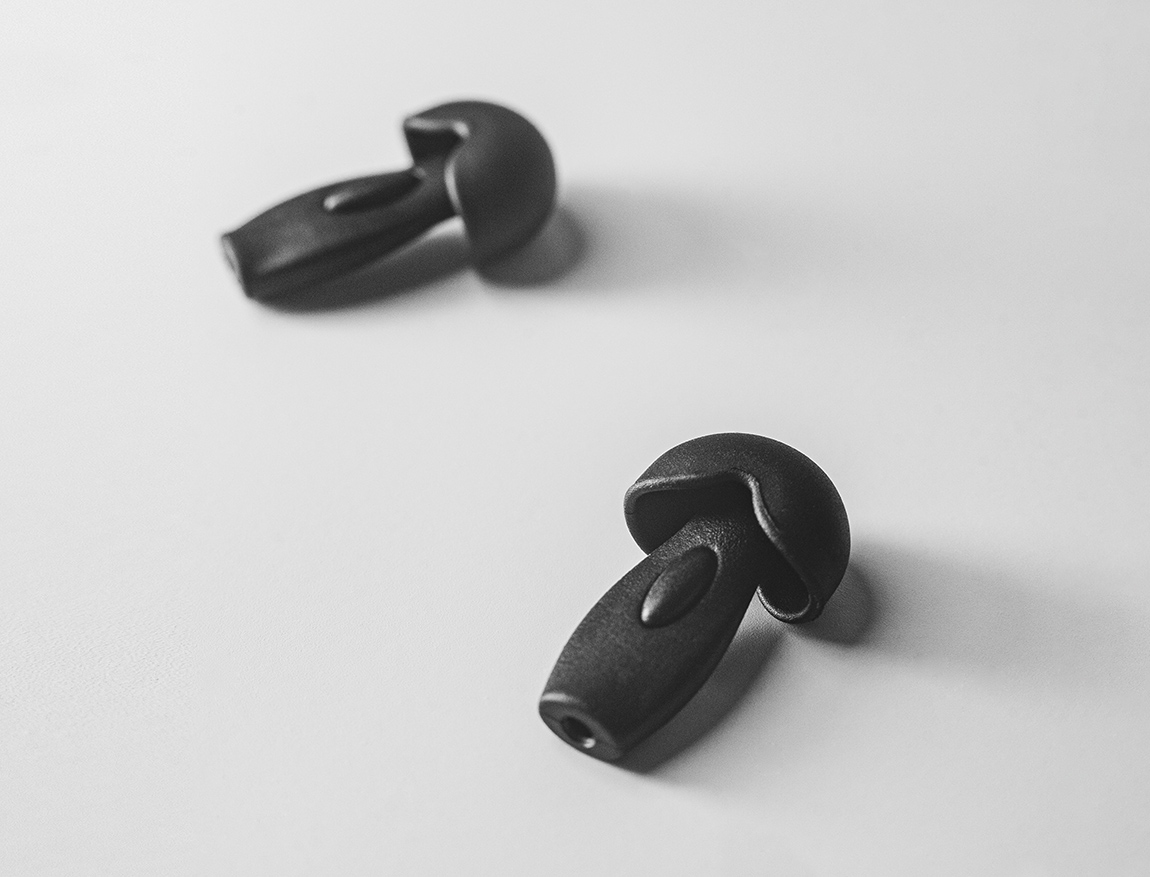
Web: www.happyearsearplugs.com Instagram: @happyearsearplugs
Subscribe to Our Newsletter
Receive our monthly newsletter by email

